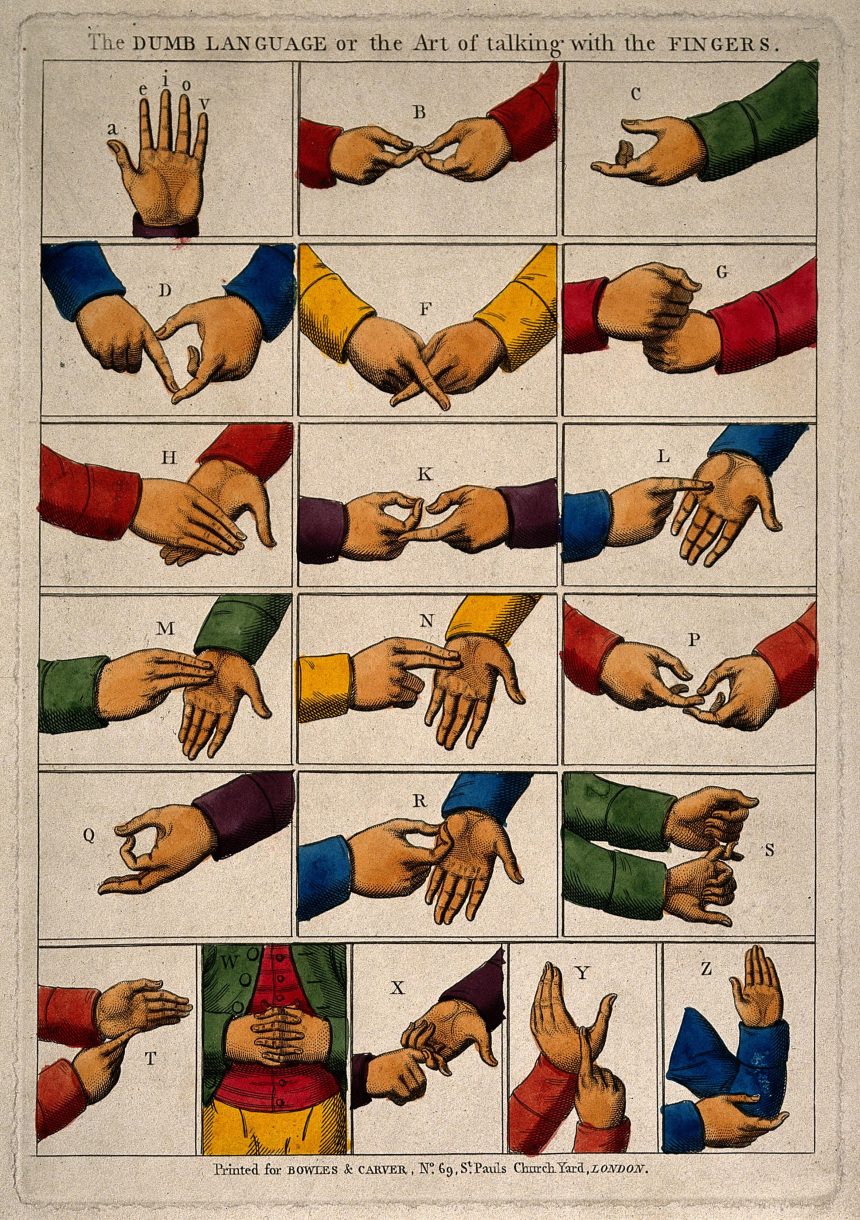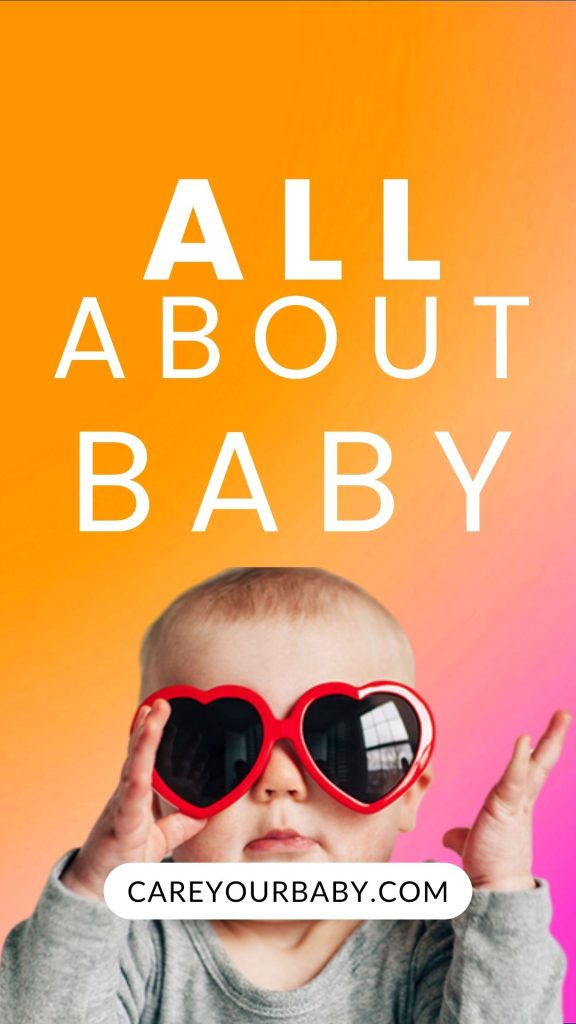Introduction: Sign Language for Poop: Making Diaper Changes Easier
In the often chaotic world of parenthood, diaper changes can feel like an ongoing battle of wills between caregivers and squirming little ones. As babies develop their communication skills, they may struggle to express their needs, leading to frustration on both sides. Enter sign language—a powerful tool that transcends barriers and simplifies interactions. This article explores the innovative concept of teaching simple signs associated with diaper changes, focusing on the essential yet delicate topic of bowel movements. By empowering infants and toddlers to communicate their needs effectively, we aim to transform an everyday task into a seamless, stress-free experience. Join us as we delve into how sign language can help bridge the gap during diaper changes, making life a little easier for both parents and their little ones.
Understanding the Basics of Sign Language for Diaper Changes
To effectively communicate during diaper changes, parents can benefit from learning a few essential signs in sign language. Start with basic signs that will help alert you to your baby’s needs. Here are some foundational signs to master:
- Diaper: Use both hands to mimic the motion of putting on or adjusting a diaper.
- Change: Move one hand to mimic the action of lifting something away from your body.
- Poop: Form a “W” with your fingers and move your hand to your mouth, mimicking the action of eating.
Incorporating simple signs into your diaper change routine not only helps you connect with your baby but also lays the groundwork for effective communication as they grow. Visual cues make the process smoother and can even make diaper changes more enjoyable. Consider using a table to keep track of common phrases and their corresponding signs for quick reference:
| Sign | Description |
|---|---|
| Diaper | Mimic the motion of putting on a diaper. |
| Change | Lift one hand away from the body. |
| Poop | Make a “W” and gesture to the mouth. |
Essential Signs to Facilitate Communication with Your Baby
Enhancing communication with your baby can transform the diaper-changing experience into a smoother, less stressful event for both of you. Introducing simple sign language can empower your little one to express their needs effectively. Observe how babies naturally gesture when they want something, and build on these instincts by teaching them specific signs. Some essential signs to consider include:
- Diaper - Make a cradling motion with your hands, simulating the action of holding a diaper.
- Poop – Use one hand to mimic a “scoop” motion toward your posterior.
- Help - Raise both hands with palms facing up, as if asking for assistance.
- Change – Gesture as if you’re changing a diaper, pulling down an imaginary waistband.
Practicing these signs regularly will increase familiarity and reinforce their meanings. For optimal results, consider implementing a routine where you consistently use these signs during diaper changes. The more you model these gestures, the quicker your baby will learn to communicate their needs, leading to a more enjoyable experience for both parents and children:
| Sign | Meaning |
|---|---|
| Diaper | Indicates the need for a diaper change |
| Poop | Signals a soiled diaper |
| Help | Requesting assistance or support |
| Change | Referring to the act of changing the diaper |
Tips for Consistent Use of Sign Language During Diaper Changes
To foster a smooth and consistent use of sign language during diaper changes, start by creating a routine. Choose a specific sign for “diaper change” and use it every time you initiate the process. **Repetition** is key; not only will it help your child understand the action, but it will also reinforce their ability to communicate their needs over time. It can be beneficial to practice the sign yourself in front of a mirror, helping you get comfortable with the movements even before the actual task begins.
In addition to routine practice, consider incorporating other signs related to the diaper change. This can include signs for “clean,” “change,” and “all done.” **Visual aids**, like flashcards with images of the signs, can also be helpful for quick reference. When working with your little one, use positive reinforcement to encourage them whenever they mimic or respond to a sign. Engaging in this interactive approach will strengthen their understanding and create a fun learning experience. To summarize the essential signs you might want to use, refer to the table below:
| Sign | Description |
|---|---|
| Diaper Change | Sign for initiating the diaper change. |
| Clean | Indicates that a clean diaper will be used. |
| Change | Signals that a change is happening. |
| All Done | Used when the diaper change is complete. |
Creating a Positive Diaper Changing Experience Through Sign Language
Diaper changes can sometimes be a challenge, but incorporating sign language can transform them into a more engaging and positive experience for both parents and toddlers. When a child can communicate their needs through simple signs, it reduces frustration, fosters understanding, and enhances the bond between caregiver and child. For example, teaching your little one the sign for “poop” can alert you to a dirty diaper before it becomes uncomfortable. This proactive communication allows for timely changes, ensuring your child remains clean and happy.
Moreover, creating a routine around diaper changes with sign language can turn these moments into enjoyable interactions. By using signs like **“change”**, **“clean”**, and **“help”**, you can instill a sense of collaboration and encourage your child to participate in the process. Here’s a simple table of signs that can be helpful during diaper changes:
| Sign | Description |
|---|---|
| Poop | Hands in a fist at the waist, making a downward motion. |
| Change | Both hands moving together in a “change” motion. |
| Clean | Wiping hands across the chest area. |
By consistently using these signs, you can create an atmosphere of learning and cooperation. The rhythmic nature of sign language can soothe your child, making diaper changes less stressful. Plus, as they begin to use these signs themselves, you’ll witness their growing confidence and verbal skills blossom.
Q&A
Q&A: Sign Language for Poop: Making Diaper Changes Easier
Q1: What is the main concept behind using sign language for diaper changes?
A1: The idea is to provide a simple, effective way for non-verbal or pre-verbal children to communicate their needs, particularly when it comes to diaper changes. By incorporating specific signs that indicate it’s time for a change, caregivers can reduce anxiety for both the child and themselves, leading to smoother transitions and a more positive experience.
Q2: How can sign language help with potty training?
A2: Sign language serves as a bridge between the child’s physical needs and verbal communication. By teaching a child signs like “poop” or “change,” caregivers can encourage their little ones to express when they need to go, helping to establish a routine and reinforcing the connection between bodily sensations and the action needed. This can make the transition to potty training more fluid and less stressful.
Q3: What signs should caregivers focus on initially?
A3: Caregivers could start with a few basic signs such as “poop,” “change,” and “potty.” These signs are straightforward to teach and understand. For instance, the sign for “poop” can be a visual cue that feels more natural for toddlers who are still mastering verbal communication. Keeping the vocabulary limited at first makes it easier for young children to grasp and use.
Q4: At what age can children start learning sign language for basic needs like diaper changes?
A4: Children can begin to learn simple signs around 6 to 9 months of age. At this stage, babies can often understand more than they can express. Starting early gives them a head start on communication and helps strengthen the bond between caregivers and children.
Q5: Do you believe sign language will replace verbal communication in the long run?
A5: Not necessarily. Sign language is a tool to enhance communication, not to replace verbal language. As children develop their verbal skills, they can transition from using signs to speaking. It’s all about giving them extra options to express their needs, particularly in a period where they may feel frustrated by their inability to communicate verbally.
Q6: What are some tips for incorporating sign language into daily routines?
A6: Consistency is key! Use the signs every time diaper changes occur, and say the related words aloud simultaneously. Incorporating playtime by using toys to act out diaper changes with signs can help reinforce learning in a fun way. Additionally, don’t hesitate to model the signs for them, making it a natural part of your interactions.
Q7: Are there any resources available for caregivers who want to learn more about sign language?
A7: Absolutely! Many online platforms offer courses and tutorials specifically for teaching sign language to young children. Parenting classes and local community centers might also provide workshops. Books focused on baby sign language can be a great resource too. Practicing with videos or apps available for smartphones can make learning both convenient and engaging!
Q8: How has the reception been among parents and caregivers who use sign language for this purpose?
A8: Feedback has generally been positive. Many parents report feeling a significant reduction in frustration during diaper changes, as they’ve seen their children become more communicative and less anxious. The added benefit of enhancing overall communication skills often leads to a more enjoyable and fulfilling interaction between caregiver and child.
Q9: Can using sign language for diaper changes have any additional benefits?
A9: Yes! Not only does it facilitate smoother diaper changes, but it also enhances the child’s cognitive development and social skills. It builds an early foundation for language acquisition, improves motor skills, and can foster a sense of independence in children as they learn to express their needs without reliance solely on crying or fussing.
Q10: why should caregivers consider using sign language for poop during diaper changes?
A10: Using sign language can transform a routine task into a more engaging, communicative experience. It fosters better understanding, reduces frustration, and supports the child’s development. By equipping children with the tools to express their needs early on, caregivers can create a nurturing environment that promotes communication and bonding.
Insights and Conclusions
In wrapping up our exploration of sign language for poop, it’s clear that communication is key in navigating the often chaotic world of diaper changes. By incorporating simple signs into your routine, you can transform potentially messy moments into opportunities for connection and understanding between you and your little one. Not only does this approach alleviate frustration, but it also nurtures an early foundation for language development and bonding. So, whether you’re a seasoned caregiver or a new parent finding your footing, consider embracing this innovative tool. After all, every little sign can lead to a smoother transition to potty training and a brighter, more communicative future. Happy signing, and may your diaper changes be as effortless as possible!


